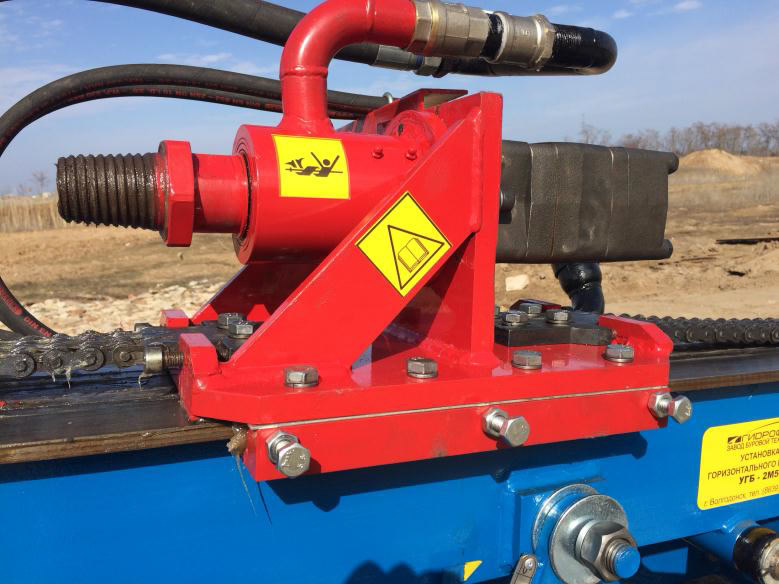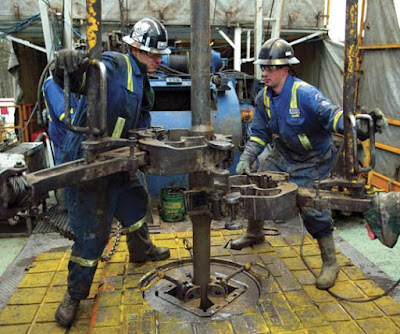
Specific rig models and geological conditions. When using a large rig, when the product pipeline diameter is greater than Dn350mm, pre-reaming is required. Generally, when using a small rig with a diameter greater than 200mm, pre-reaming is required. Starting from the soil entry point, along the designed line, a curve is drilled from the soil entry point to the soil exit point as a guide curve for the pre-reaming and towing pipeline. The drilling rig is installed on the side of the soil entry point. Unearthed to complete the drilling of the entire pilot hole.

Measure the actual position of the drill bit after each drill rod is drilled in order to adjust the drill direction of the drill bit in time to ensure that the completed pilot hole curve meets the design requirements. see picture 1.įigure 1 Construction process flow chart of horizontal directional drilling crossingĪccording to the geological conditions of the crossing, select a suitable drill bit and guide plate or underground mud motor, start the mud pump to drill into the soil point, and the drill bit is driven to rotate by the rig’s thrust (or use the mud motor to drive the bit ) Cut the stratum and keep moving. Lunch and twice coffeebreak every day of trainingġ1.Horizontal directional drilling rig for pipeline crossing construction is generally divided into two stages: the first stage is to drill a pilot hole as accurately as possible according to the design curve the second stage is to expand the pilot hole and expand the pipeline Drag the pilot hole back into the pilot hole to complete the pipeline crossing work.
K3 DIRECTIONAL DRILLING FULL
Training room with Full AC facilities and multimediaĩ. 7.500.000/person (if there are 3 persons or more from the same company)Ĩ. 7.750.000/person (early bird, payment 1 week before training) orģ. VENUE : Kagum Group Hotel Bandung (Golden Flower, Banana Inn, Serela, Gino Feruci), Amaroossa Hotel, Noor Hotel, Grand Setiabudi Hotel, dllĢ. Horizontal drilling methods and applications Planning directional and horizontal wellsħ. Dogleg severity calculations and problems associated with doglegsĦ. Determine cementing requirements for directional wellsĥ. Interpret torque and drag and determine what factors will affect the torque and dragġ2. Directionally drill with rotary BHA’s, jetting, whipstocks, motor, steerable motors, and rotary steerable systemsġ1. Apply the best survey instrument for the jobĩ. Determine declination and non-magnetic drilling collar selectionĨ. Determine the best multi-lateral completion for an applicationħ. Plan horizontal wells based on the objectives of the wellĦ. Plan a two-dimensional directional wellĥ.

Interpret dogleg severity and the problems associated with dogleg severityĤ. Interpret TVD, polar and rectangular coordinates and vertical sectionģ. Participants will be able to predict wellbore path based on historical data and determine the requirements to hit the target.ĭrilling, production and operations engineers, field supervisors, toolpushers, managers and technical support personnel.Ģ. Additionally, they will become familiar with the tools and techniques used in directional drilling such as survey instruments, bottom hole assemblies, motors, steerable motors and steerable rotary systems. The basic applications and techniques for multi-lateral wells are covered in the course. Participants will receive instruction on planning and evaluating horizontal wells based on the objectives of the horizontal well.

Specific problems associated with directional/horizontal drilling such as torque, drag, hole cleaning, logging and drill string component design are included. This course builds a firm foundation in the principles and practices of directional drilling, calculations, and planning for directional and horizontal wells. DIRECTIONAL, HORIZONTAL, AND MULTILATERAL DRILLING


 0 kommentar(er)
0 kommentar(er)
